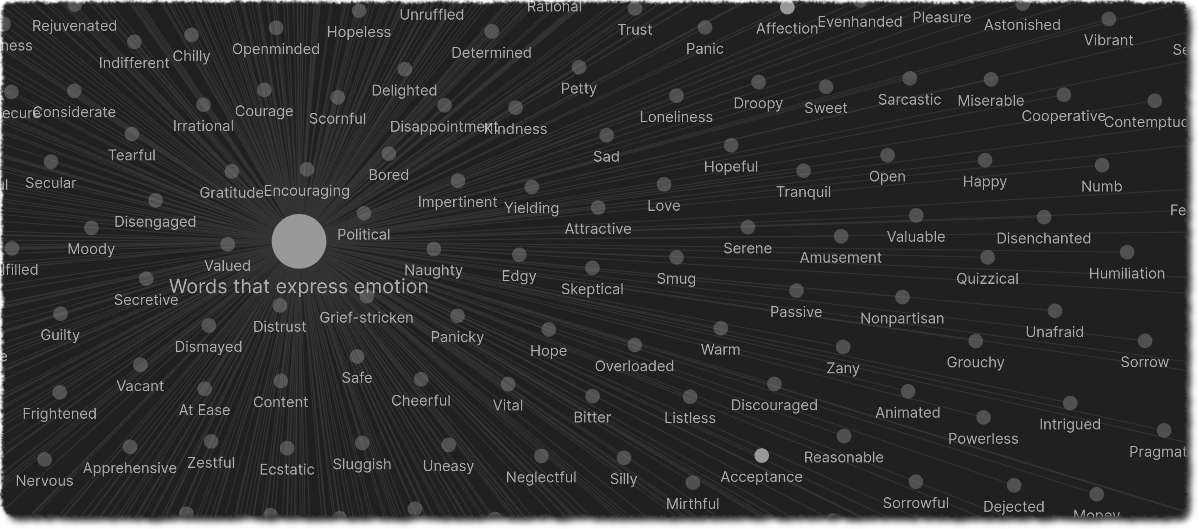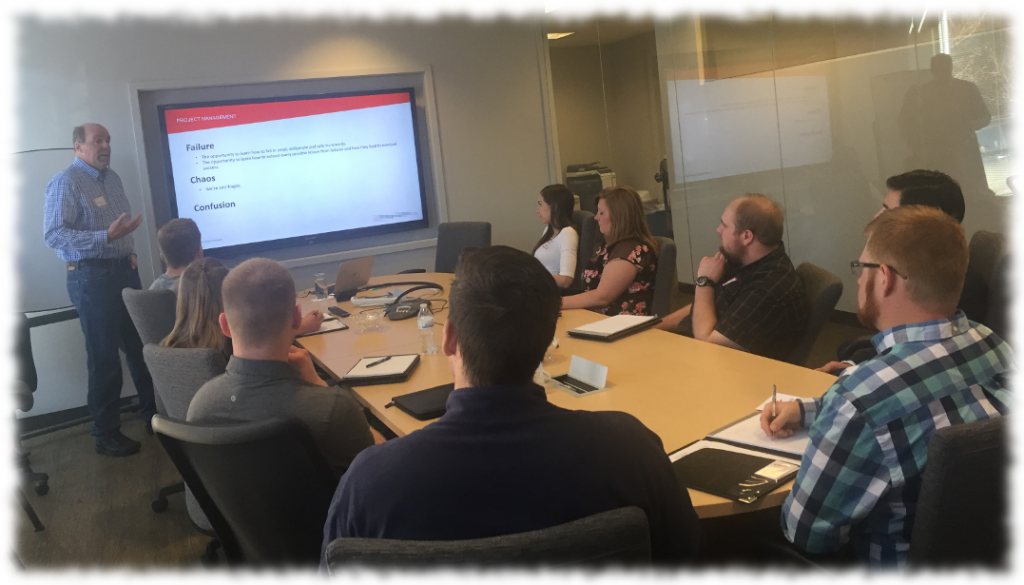I finished Lisa Feldman Barrett’s book, “How Emotions Are Made: The Secret Life of the Brain,” this past week. It’s the latest exploration in my decades-long journey to better understand myself and others. There’s a lot in this book and it’s been a paradigm shift for me personally. I expect the effects from the insights gained from Dr. Barrett’s work in my professional life will be equally seismic.
As part of this exploration and effort to understand what Dr. Barrett and others are discovering, I’ve been experimenting with different ways to organize and assimilate information. For years I’ve used mind mapping and its served me well. I continue to use this approach almost daily. Ah, but the relentless advancement of technology has resulted in new tools. My current favorite (meaning the one that so far matches how my brain seems to work) is a tool called Obsidian. It’s new and is evolving quickly. I’ve been using Obsidian to organize and study cognitive biases in a way similar to Buster Benson’s work. This past weekend I began a similar process with emotions based on Dr. Barrett’s work.
It’s early but it has already yielded many important insights and benefits. I began by collecting as many words I could find (currently, 514) that are used to describe emotional states or patterns. I then entered them into Obsidian, each connected to a single node, “Words that express emotion.” Here’s a partial screen capture of the Obsidian graph:
The graph is too big to fit on a single screen and have the words show. And Obsidian does not yet have an export feature for graphs into a standard image file. So I’m limited by screen real estate. Where I take this next…I’m not sure, actually. Probably a cycle of refinement and deep dive into definitions and descriptions. I can foresee the creation of a real-time tool for assessing emotional states using a circumplex. Lots of experimentation ahead.
There is a dynamic quality to the graphs in Obsidian that is part of the fun and path-to-insights with the information. I’ve created a video to show the effect and set it to Nikolai Riminsky-Korsakov’s orchestral interlude “Flight of Bumblebee.” If/when you read Dr. Barrett’s book, you will understand why I selected the bee theme. It’s a virtual emotional bee hive inside our heads and bodies. Be sure to expand the video to full screen for maximum effect. Enjoy!



